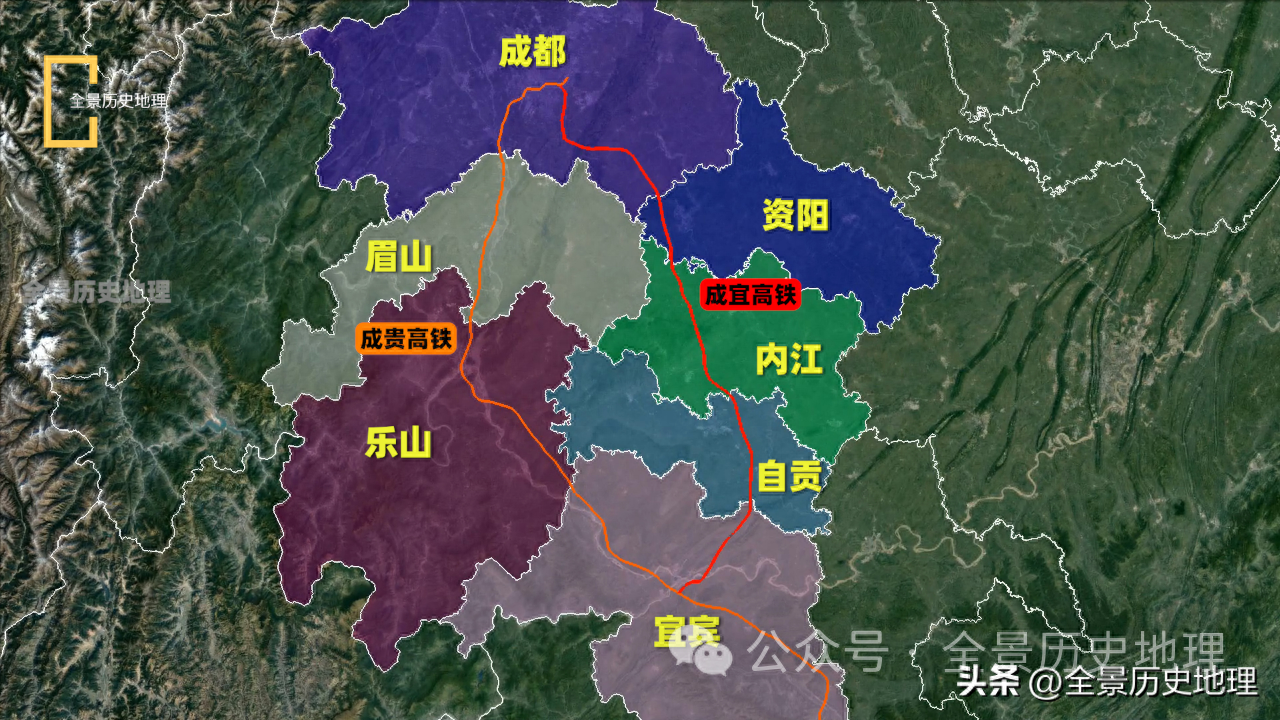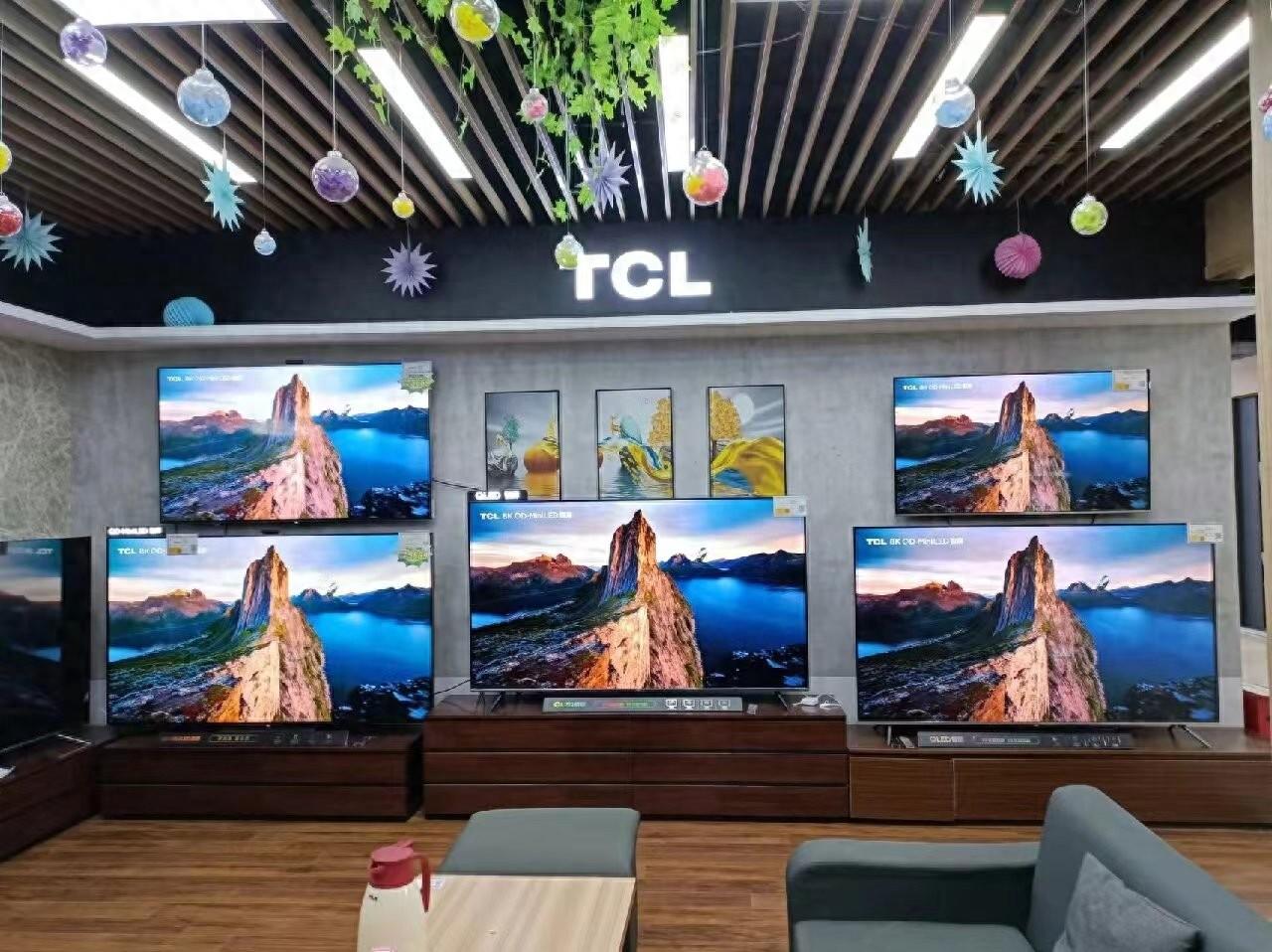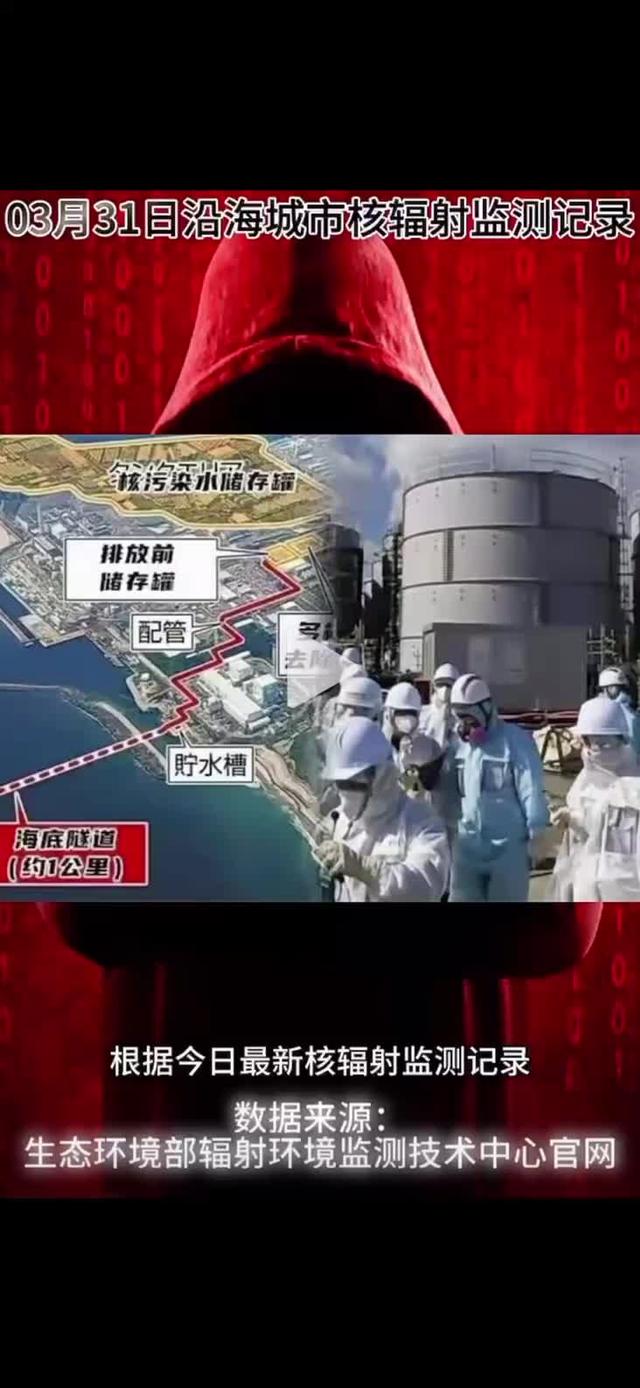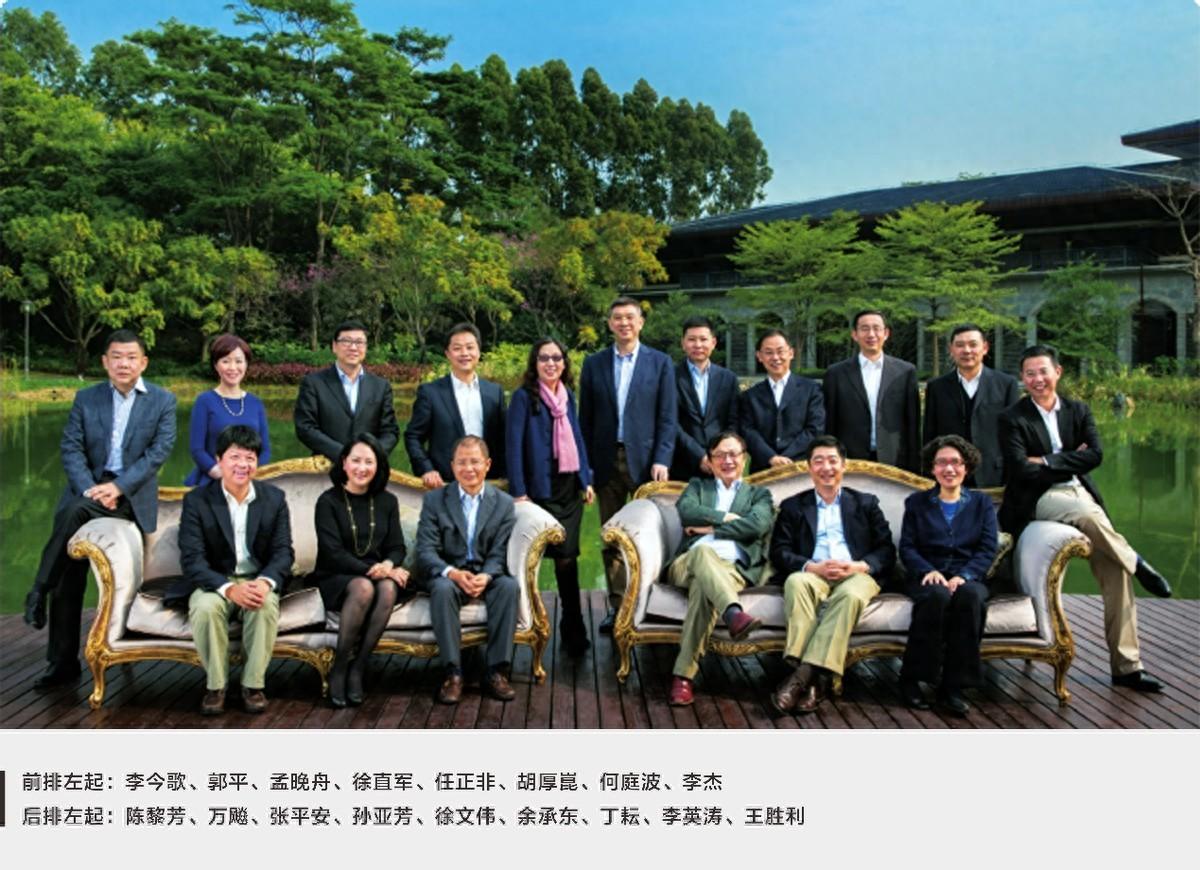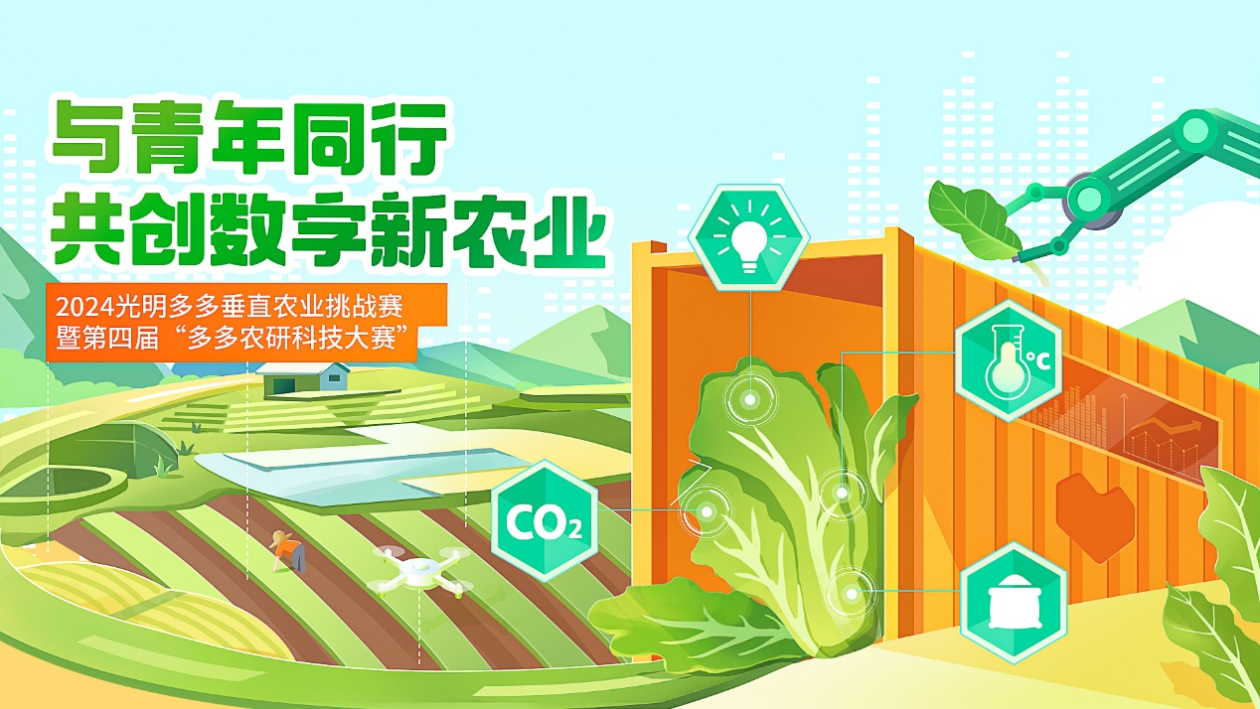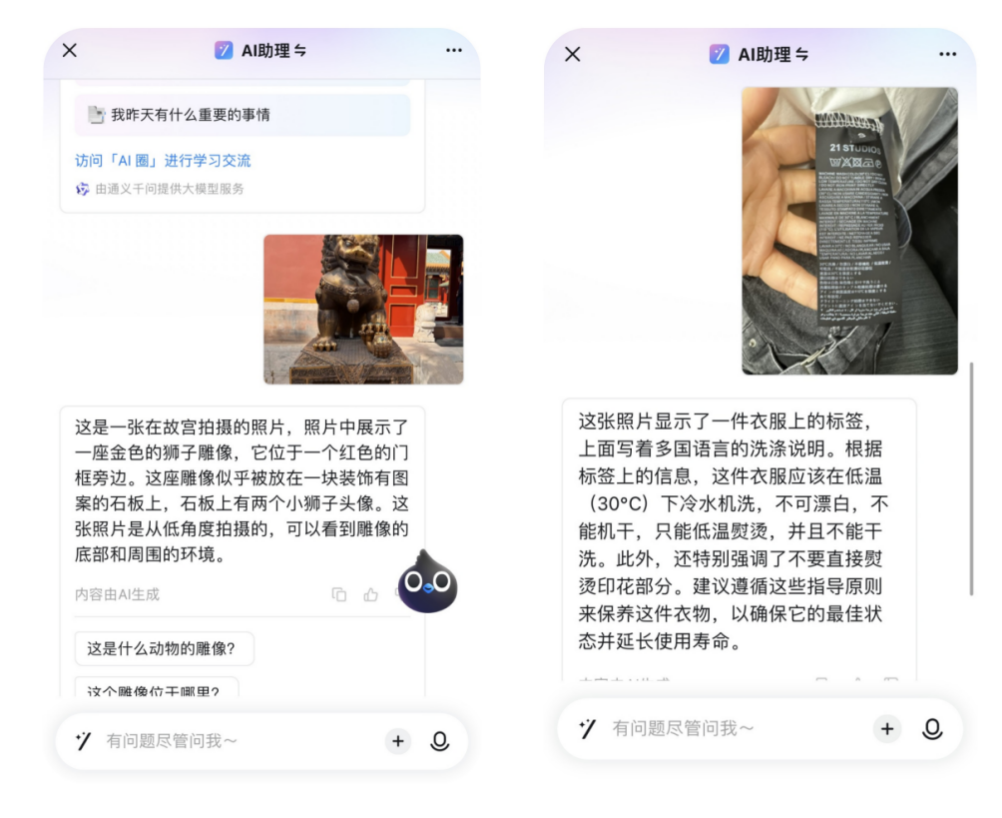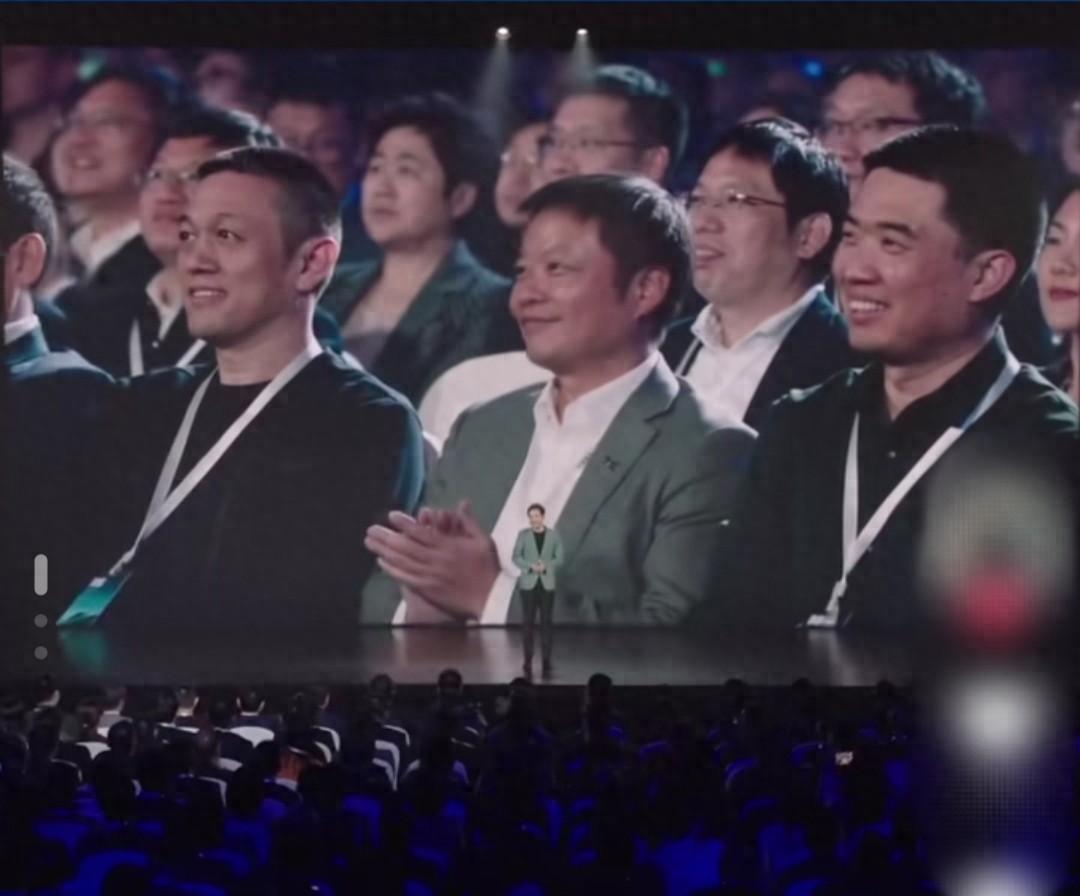American intestines are regretful! Sending 1 gram of lunar rocks has allowed China to develop multiple cutting-edge technologies
Editor | Observation MethodThe article started with the headline of Guanlvming Fa[Content sourced from reader submissions]Due to platform rules, you will only be recognized as an iron fan if you have more interaction with me. If you like my article, you can click on oneFollowAfter becoming an iron fan, you can receive article push notifications as soon as possible


Editor | Observation Method
The article started with the headline of Guanlvming Fa
[Content sourced from reader submissions]
Due to platform rules, you will only be recognized as an iron fan if you have more interaction with me. If you like my article, you can click on oneFollowAfter becoming an iron fan, you can receive article push notifications as soon as possible.
Since 1969, American astronauts have landed on the moon six times in three years and brought back 382 kilograms of rock from the moon. In 1978, the United States gave one gram of it to China, which was still in its infancy.
This seemingly insignificant gift has played an unexpected role in the development of China's lunar exploration industry. It ignited the research enthusiasm of Chinese scientists and became an opportunity for China to obtain first-hand lunar samples.
After years of effort, China has finally independently collected and brought back lunar soil during the Chang'e-5 mission. Nowadays, with the successful promotion of the Chang'e Project, China has become the second country after the United States to achieve lunar sampling and return.

Faced with China's increasing space capabilities, the United States cannot help but be shocked and worried - do they regret the small gift they gave to their competitors 50 years ago?

The Mystery of the Moon
In 1978, when the US National Security Advisor visited China, he presented a unique gift on behalf of the US government -1 gram of rock from the moon.
This lunar rock was of great significance to Chinese scientists at the time. The US Apollo lunar program successfully landed on the moon six times, bringing back nearly 400 kilograms of lunar soil.
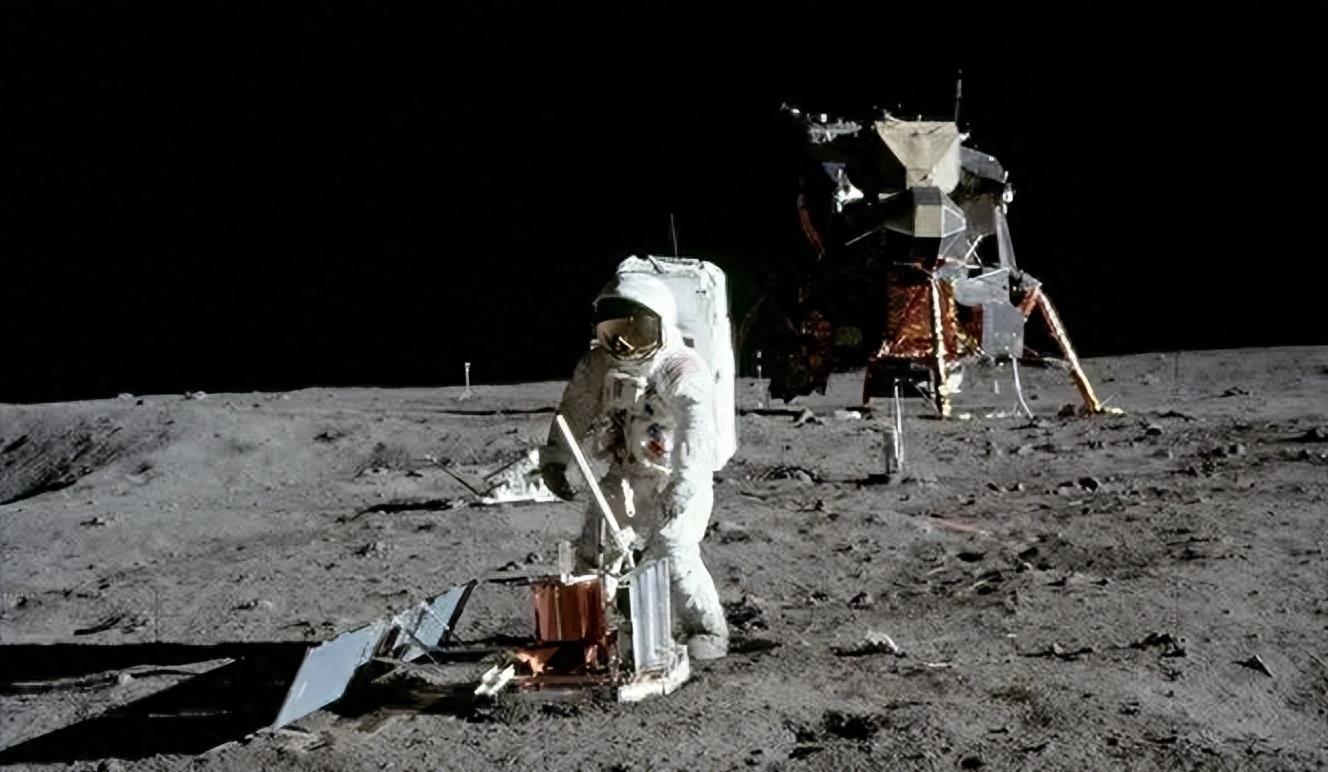
A small portion was made into 135 copies and distributed to countries around the world. The moon rock given to China is only 1 gram, packed in a glass container and visually magnified to make it look larger.
In fact, lunar rocks are only the size of beans, although they are very small, Chinese scientists are not disappointed by this. On the contrary, they cherish this rare gift even more.
The moon rock was carefully cut in half, half for viewing and half for scientific research. This 0.5 gram of lunar rock has become a valuable sample for China's initial lunar and space exploration research.
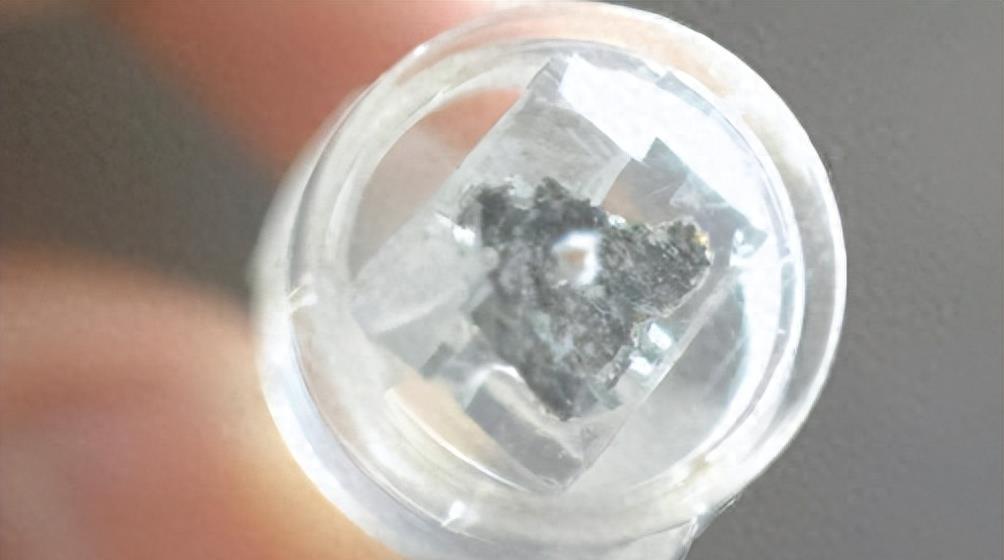
At that time, lunar resources were almost monopolized by the United States. There is a huge gap between China's nascent aerospace industry and the United States. But Chinese scientists were not discouraged, but instead cherished the hard-earned lunar rock samples and fully utilized their scientific research value.
They further divided the lunar rocks into smaller parts for conducting multiple studies and published hundreds of related papers. This has accumulated valuable experience for China to understand the moon.
A small lunar rock has sparked the enthusiasm of Chinese scientists and promoted the development of China's aerospace industry. Chinese scientists are not afraid of difficulties and conduct research based on tiny lunar rocks.
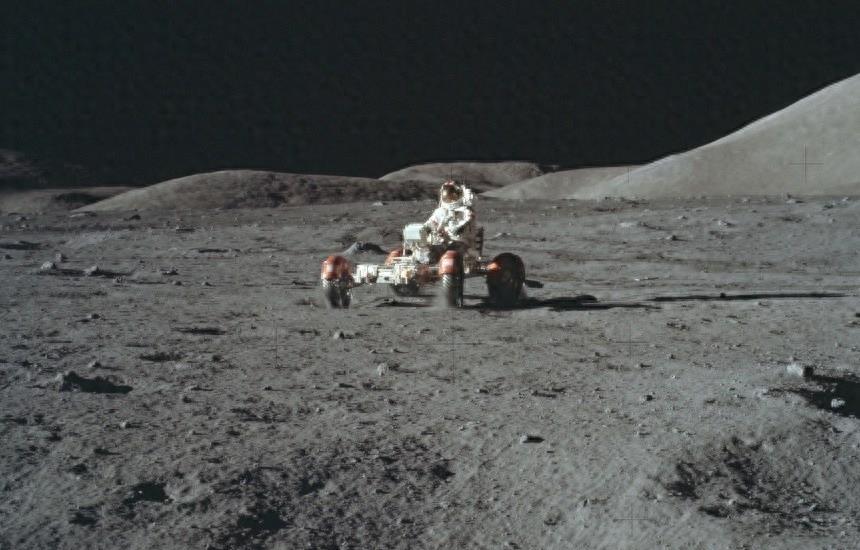
At that time, Chinese scientists had very limited conditions when conducting research on lunar rock samples. The laboratory is rudimentary, with a shortage of instruments and equipment, and analytical methods for lunar soil are still being explored.
But scientists do not shrink from the harsh environment. They try their best to conduct research, conduct comprehensive analysis of the composition, structure, and properties of lunar rocks, and seek valuable discoveries.
In order to fully utilize the scarce lunar rock samples, scientists are cautious and use microsampling techniques to further divide the lunar rock into milligrams or even smaller particles, observing and testing them one by one.
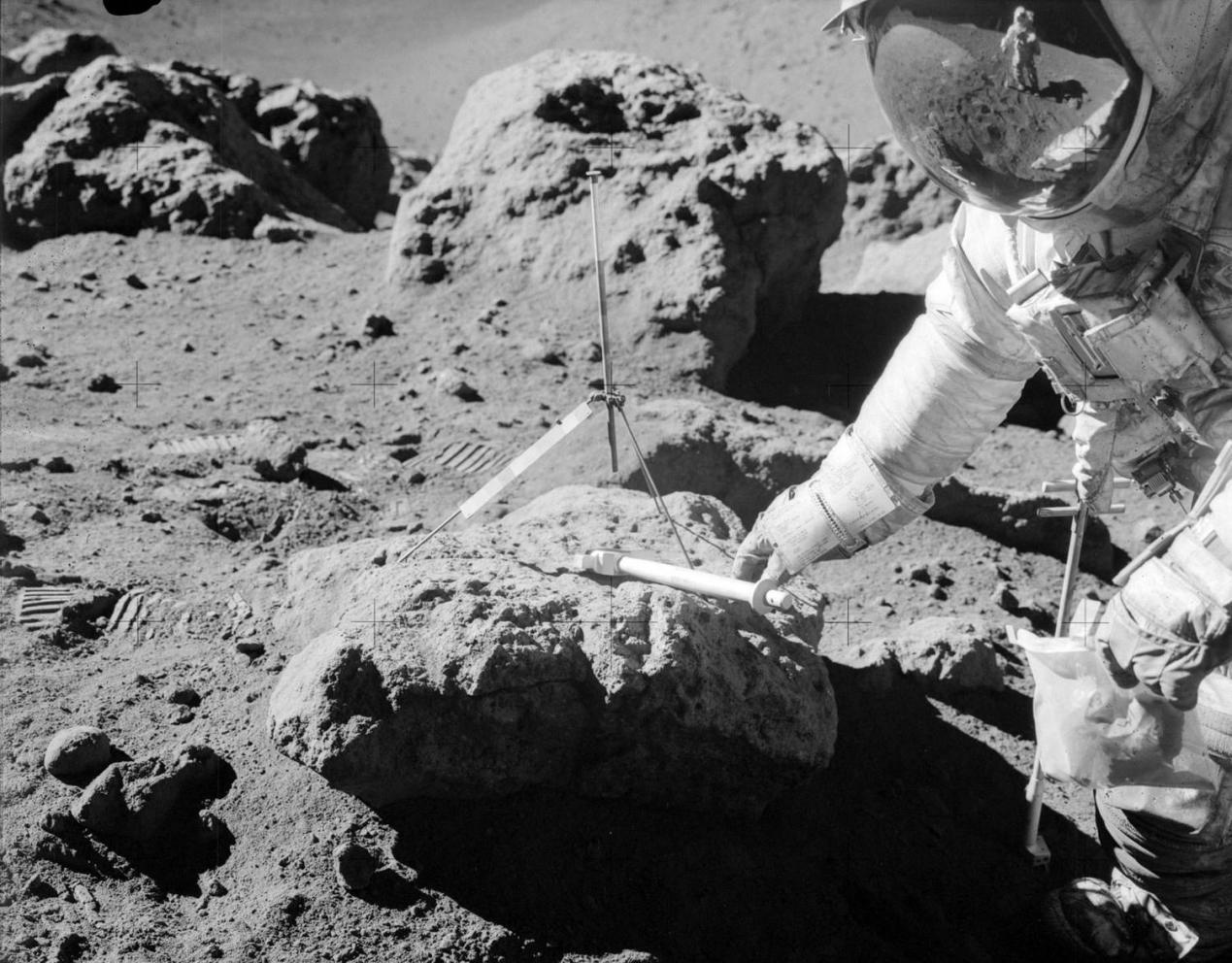
They volunteered to participate in lunar rock research, working day and night, actively thinking and exchanging opinions. During the process of lunar rock research, Chinese scientists have accumulated valuable analytical experience.
They have developed new methods and technologies suitable for lunar soil research and achieved a series of innovative research results. This has laid the foundation for China's further lunar exploration in the future.
Although China's aerospace industry was still in its early stages, Chinese scientists cherished the dream of exploring the moon and constantly pursued progress.

They devote themselves with full enthusiasm to the study of lunar rocks, forge ahead, and sacrifice themselves. The research results of Moon Rock are inspiring and firm in China's determination to explore the moon. Years later, China finally achieved lunar rover landing and inspection, and the hard work of scientists ultimately yielded fruitful results.

China Lunar Exploration Project
The United States gave China 1 gram of moon rock samples, which was like a "pie" falling from the sky to China at that time. After obtaining the moon rock samples, the Chinese Academy of Sciences immediately organized an expert team led by academician Ouyang Ziyuan to study them.
Ouyang ZiyuanHe is a famous Chinese geologist and stratigraphic scientist who has long been engaged in the study of meteorites and lunar geology, and has unique insights into the geological structure and genesis of the moon.

He firmly believes that there are many undiscovered geological wonders on the moon, which contain important clues to unravel the mystery of the origin of the moon.
In order to fully utilize this precious 1-gram lunar rock, the research team decided to adopt a "onion peeling" layered research method - conducting various tests and analyses layer by layer from the outside to the inside until the lunar rock is crushed.
They also specially allocated 0.5 grams of lunar rocks to be stored separately at the Beijing Astronomical Observatory in case they are completely depleted and require comparative research.

After nearly 4 months of day and night research, researchers have conducted comprehensive research on lunar rocks from various aspects such as petrology, mineralogy, and composition analysis, and published a large number of high-quality papers, causing a sensation internationally.
They not only accurately determined the type and origin of lunar rocks, but also isolated important resources such as rare earth elements from them, providing valuable experience for the development of China's rare earth industry.
Under careful observation, researchers have also discovered an unknown new mineral inside the lunar rock, which contains enormous scientific research value.
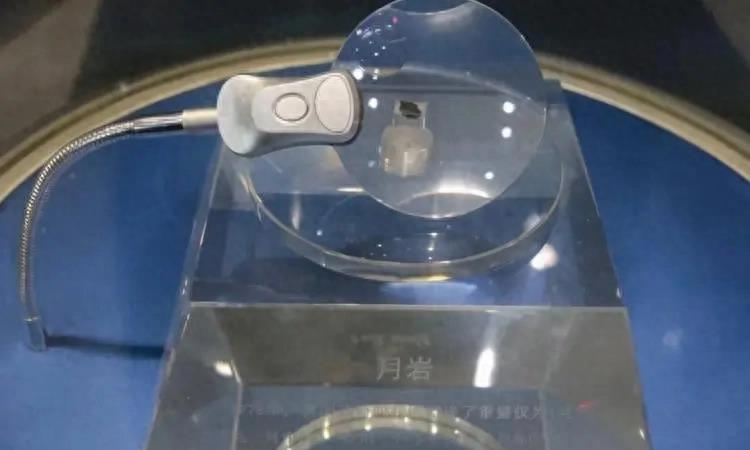
Ouyang Ziyuan
Ouyang Ziyuan
In the report, he elaborated on the significance of engaging in lunar exploration activities for China and proposed a multi-step implementation plan from orbital flight to soft landing, and then to sample return.

After long-term argumentation and efforts, China's Chang'e series of lunar exploration projects were officially launched and implemented in 2007. To this day, China has successfully achieved multiple breakthroughs such as circumlunar flights, soft landings, vehicle inspections, and sample returns, and is recognized by the international community as the third country capable of conducting deep space exploration after the United States and Russia.
Among them, there is a major discovery that is particularly exciting - China's Chang'e-2 spacecraft has discovered the presence of water ice on the moon, which has completely overturned humanity's traditional understanding of lunar water resources.
Expert analysis suggests that utilizing the water resources discovered on the moon will greatly reduce the transportation costs of future lunar missions and make the construction of lunar bases possible.
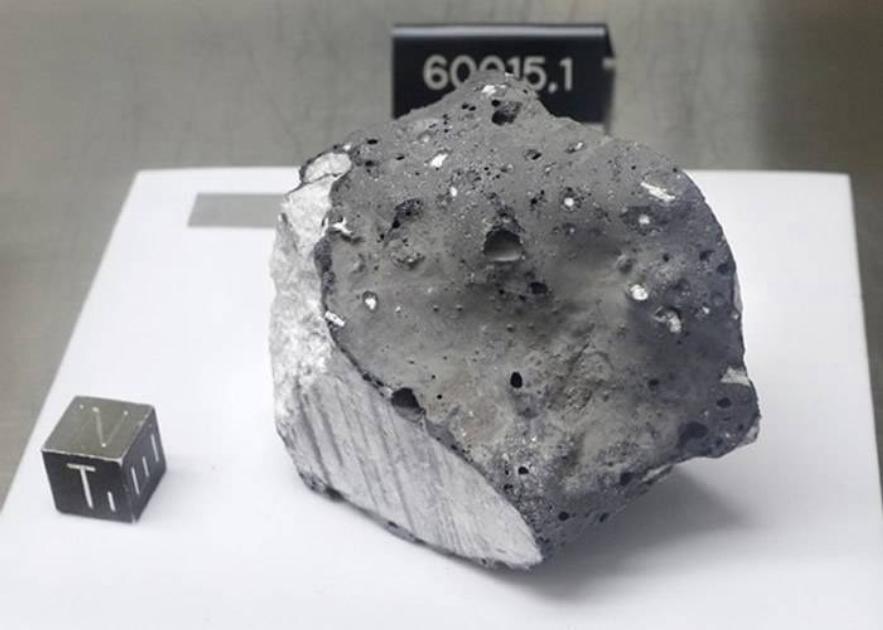
As some foreign media have commented, if it had been known that a gram of lunar rocks would have given birth to the dawn of China's aerospace industry, the United States might not have given it to China back then.
One gram of lunar rocks has ignited the Chinese people's infinite enthusiasm for space exploration, and the progress of Chinese technology is also a deserved achievement for the Chinese people. No matter how great external forces are, it is difficult to deprive them.

China Lunar Exploration Route
Since studying lunar rocks, China immediately began exploring the moon. In 2004, the China Lunar Exploration Project was officially established and named the "Chang'e Project".

After arduous efforts, in 2007, Chang'e-1 successfully achieved China's first lunar orbit and obtained image data of the lunar surface.
In 2013, the "Yutu" lunar rover completed a lunar surface inspection, laying the foundation for lunar sampling. In 2020, the Chang'e-5 spacecraft completed the collection of 1731 grams of lunar soil samples and safely returned, making China the third country to collect lunar soil samples after the United States and the Soviet Union.
44 years ago, the 1 gram of lunar soil opened the door to China's lunar exploration, and China used only 0.5 grams of samples for simulation to find landing sites that the United States had not set foot on.
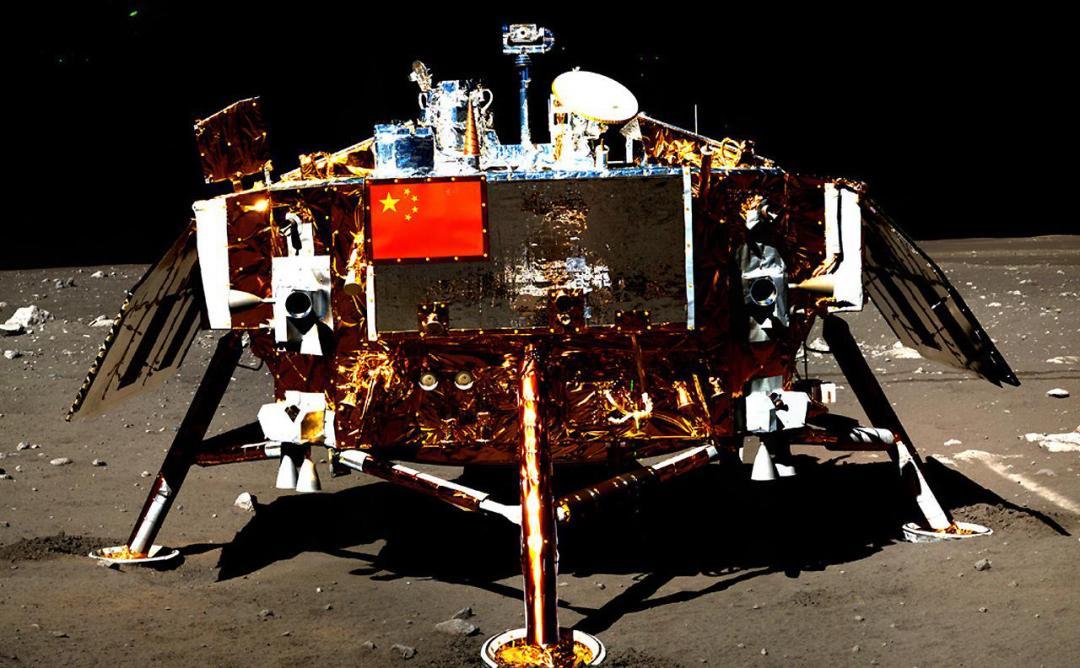
From scratch, from foreign aid to independence, China has completed "impossible tasks" with perseverance, and chosen the most economical and efficient way with wisdom, allowing the world to witness the continuous breakthroughs and progress of China's lunar exploration cause.
China Lunar Exploration Project
The Long March series of launch vehicles, born from the towering fire, carry the dreams of the Chinese people and take off. Generations of scientists and engineers have drawn inspiration from cultural traditions, and technology has climbed to the pinnacle.
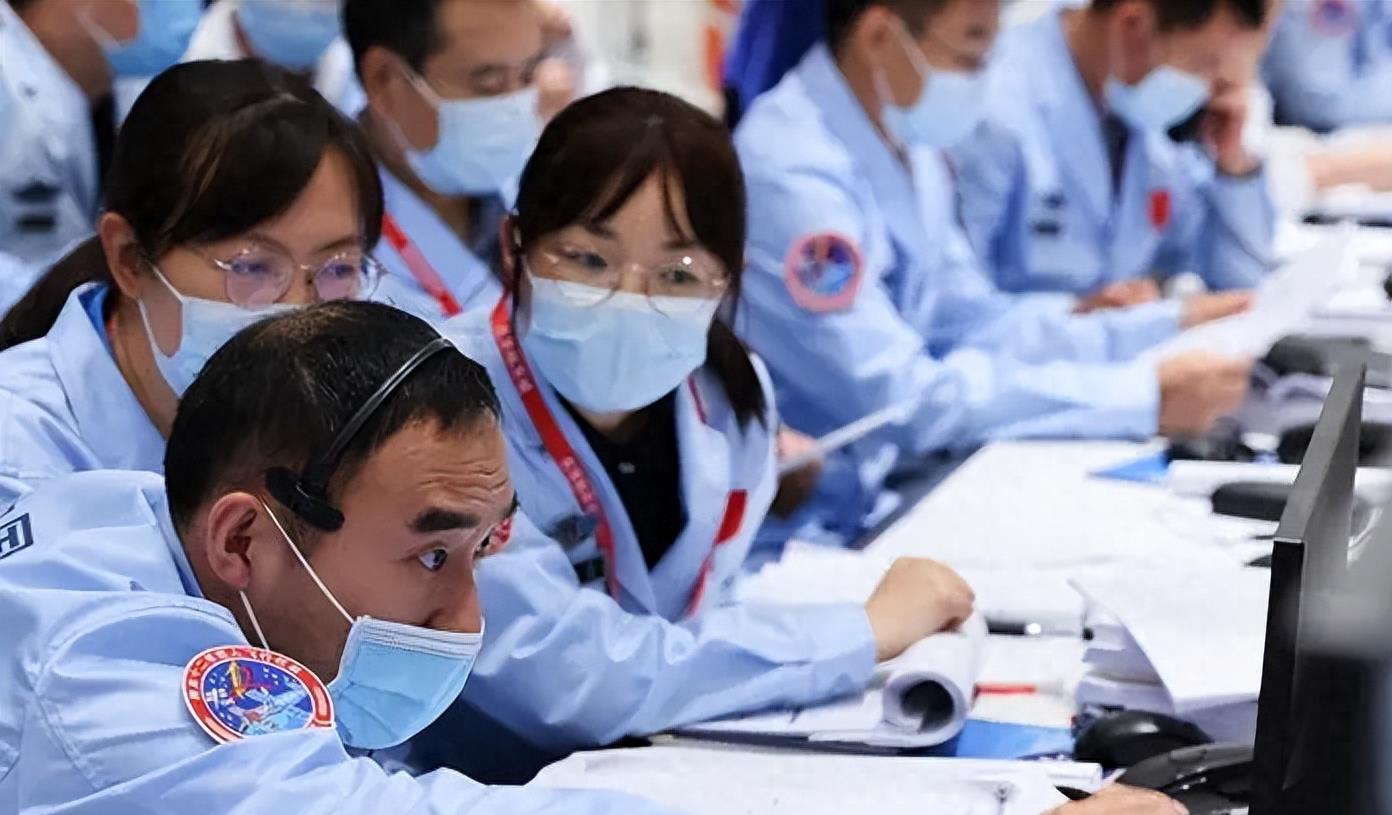
This is a reflection of the spirit of the Chinese nation's relentless self-improvement and perseverance. We would like to express our gratitude to those unknown pathfinders who have buried themselves in difficult conditions and laid the foundation for China's landing on the moon, the world's technological peak.

epilogue
China's aerospace industry is thriving, and the achievements it has made are exciting. But we cannot ignore the difficulties and obstacles that exist on the road.
Technological innovation requires the support of a good institutional environment and social atmosphere, while also maintaining a humble and cautious attitude.
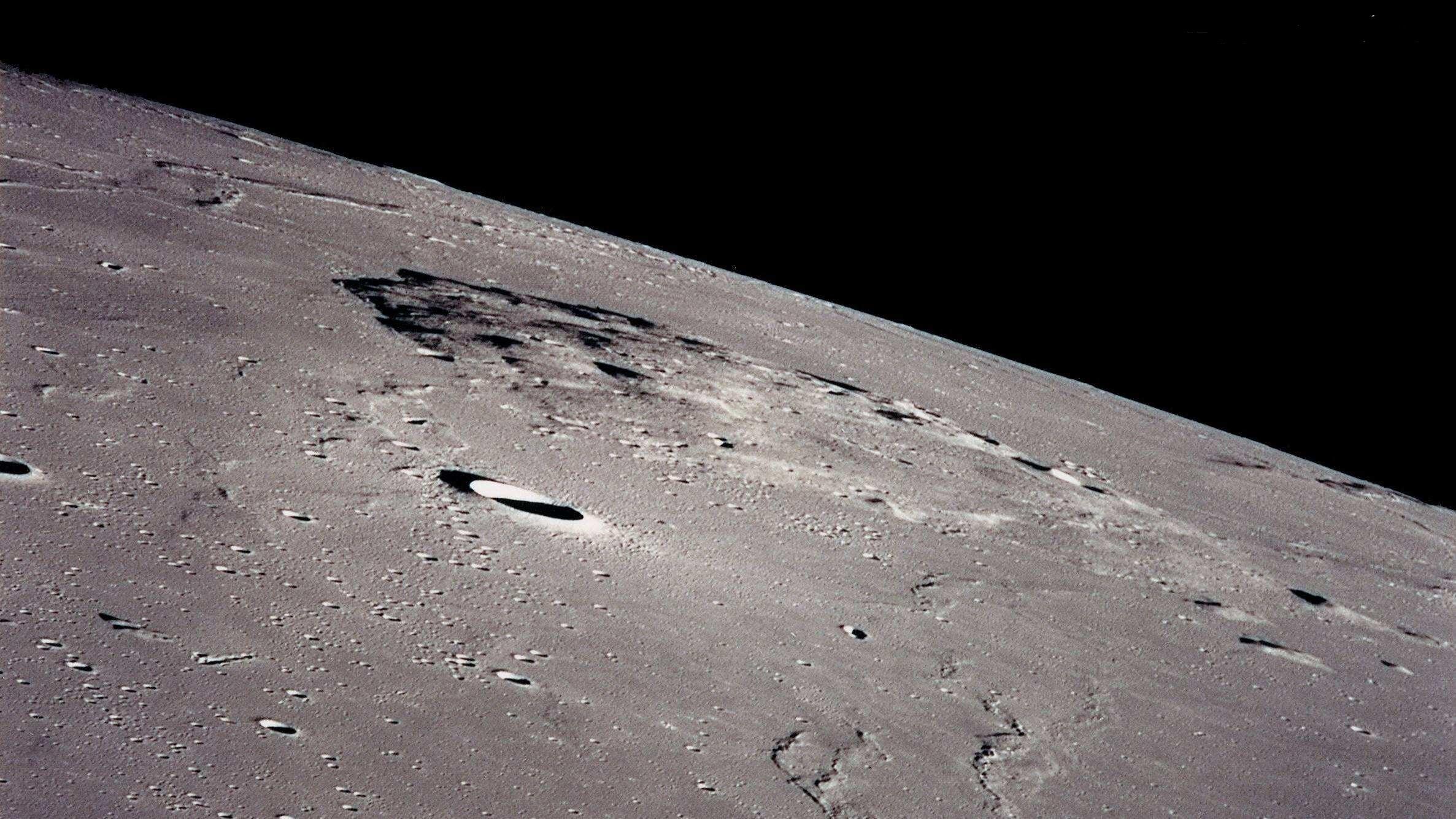
We need to continue our efforts and adopt the most advanced concepts in the world with an open mind, forming a win-win situation with our global peers. Only in this way can China's space dream continue to advance on the path of peaceful development and ultimately be achieved.
What do you think of this?
Welcome everyone to comment in the comments section
Disclaimer: The article, case process, and images are all sourced from the internet, without any vulgar or inappropriate guidance. If there are copyright or character infringement issues related to the case, please contact us in a timely manner, and we will delete the content! Specifically, this article does not contain fabricated facts.
Due to platform rules, you will only be recognized as an iron fan if you have more interaction with me. If you like my article, you can click on oneFollowAfter becoming an iron fan, you can receive article push notifications as soon as possible.
Disclaimer: The content of this article is sourced from the internet. The copyright of the text, images, and other materials belongs to the original author. The platform reprints the materials for the purpose of conveying more information. The content of the article is for reference and learning only, and should not be used for commercial purposes. If it infringes on your legitimate rights and interests, please contact us promptly and we will handle it as soon as possible! We respect copyright and are committed to protecting it. Thank you for sharing.(Email:[email protected])
